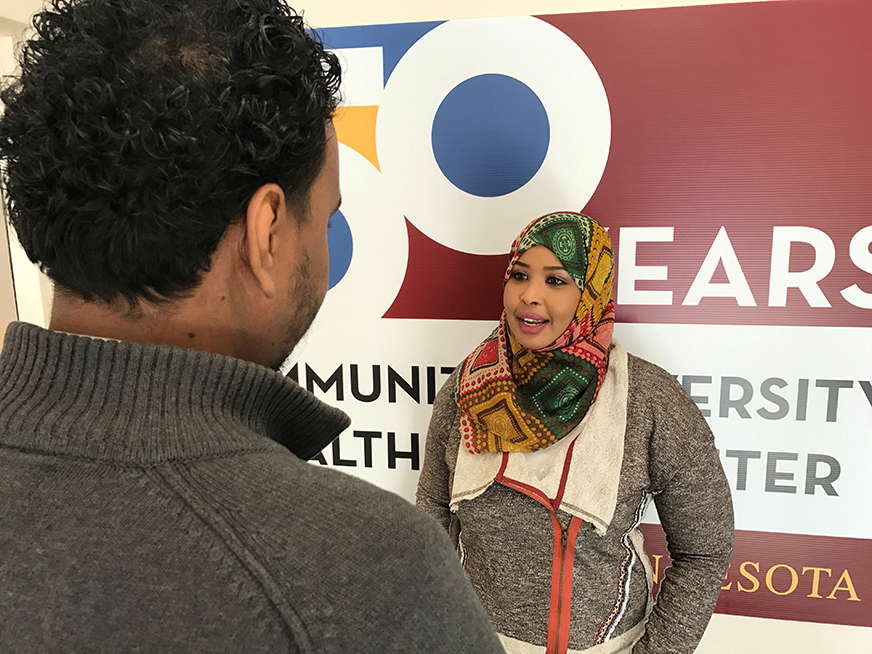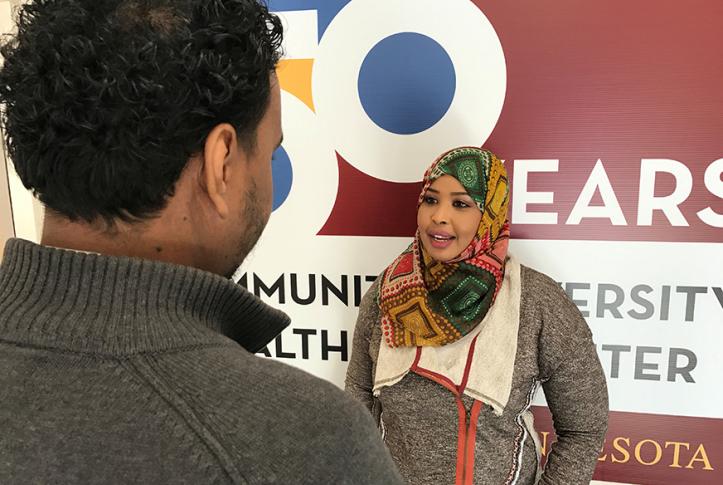By Brian Schilling
For a certain subset of patients, the thing that often gets in the way of receiving high-quality health care is simply being sick. This subset of very sick patients gets a lot of attention in medical circles for the simple reason that the care they receive is extremely expensive. They are among the 5 percent of patients who account for about 50 percent of health care spending, much of it on ineffective or inefficient care. It’s an article of faith among many in the health care world that if we could just improve care for this group, we could save an enormous amount of money.
But how, exactly? Efforts to improve the lot of the high-need patient are still being tested and evaluated. A handful of new programs focused on these patients are emphasizing relationship-building and focusing more intently on meeting patients’ nonmedical needs outside the doctor’s office. In this final article of our three-part series on high-need patients, we meet a patient and his care coordinator from the Community-University Health Care Center in Minneapolis.
Abdi, 60, Minneapolis
The Importance of Adopting the Patient’s Vocabulary
In his native Somalia, Abdi was a wealthy man. He spoke several languages, traveled regularly, and was content. He had a good life.
But in the late 1980s, his country fell into a protracted civil war and famine and, like many of his countrymen, he eventually fled. Abdi came to the U.S. as a refugee in the early ’90s, initially settling in San Diego, where he remained for almost 20 years. More recently, he relocated to Minneapolis, home to a large Somali population.
Abdi was a frequent visitor to the Community-University Health Care Center’s (CUHCC; see sidebar for details) emergency room, seeking information or some sort of resolution for a range of different issues: pain, poor sleep, hearing loss. But his care was episodic and sought-for resolutions didn’t materialize. He missed follow-up appointments and instead came back to the emergency department again and again. At almost every visit he would tell providers, “My brain is gone. I have difficulty with memory, especially short-term memory. My long-term memory is fine. I am a good storyteller!” Abdi believed that his symptoms were caused by an evil spirit, an “evil eye,” and that his ex-wife was doing “voodoo” or had cursed him out of jealousy.
His providers quickly became concerned and referred him to CUHCC’s care coordination program to see whether they might be able to find a coordinator who could engage him in a more coherent care plan. He was paired with Nasteha Mohamed, who, fluent in Somali, was herself a refugee to the U.S., arriving many years ago at age eight. Mohamed has extensive experience as a care coordinator, working previously in a similar role within group homes, and within culturally specific child care settings. She has a B.A. in social work and is working toward her master’s degree.

The pairing turned out to be a natural fit. Mohamed makes a point of trying to understand every patient’s illnesses and challenges from their perspective, even going so far as to adopt a patient’s vocabulary to discuss and illness or a condition. “If a patient wants to talk about a bad spirit instead of referring to depression, then that’s how we talk about it,” she says. “That’s what depression is to them.” Mohamed and her fellow CUHCC care coordinators see value in incorporating spiritual, cultural, and religious ideas into a patient’s treatment plan.
Once Abdi began working with Mohamed, he embraced the idea of a formal treatment plan and started to make slow but steady progress. He had a CT scan which discovered vascular damage. He underwent neuropsychiatric testing and saw an ear, nose, and throat specialist. Later, after lack of sleep began to impair his day-to-day functioning, he began psychiatry services.
Abdi now has been engaged in medical, mental, and specialty health services for about six months and, according to Mohamed, “he doesn’t miss any more appointments.” This may in part be because, like many care coordinators, Mohamed makes a point of seeing to it that Abdi gets consistent reminders. She also sets up all his rides and even writes out instructions about what Abdi should expect at a given appointment.
The effort and attention are not lost on Abdi. “She helps me with collaboration, navigation, education, and communicating my needs to my provider and other clinics where I am referred. I couldn’t make it without [her] support. I like the appointment reminders, and helping me set up rides. She helps me recognize my symptoms. And helps me navigate these outside places.”
Mohamed believes that one of the most important factors in working with Abdi was understanding his illness from his perspective. Everyone has a narrative about what is happening in their body that is based on their own experiences. Abdi believes that the mind, body, and soul are one and his framework for mental health is synonymous with pain and voodoo. “I recognize his symptoms the way he explains them,” she says.
Abdi wants to continue working with Mohamed, saying “I don’t want to work with anyone else. What we’re working on next is a waiver so I can get more in-home services like a personal care attendant.” Mohamed recognizes that Abdi is socially isolated, and believes that adult day care would make a difference, too. “I am going to continue integrating religion and spirituality into his medical and psychiatry treatment plans.”
Tanya, Laren, Abdi, and millions of Americans like them face enormous health-related challenges, coping with the day-to-day reality of living with serious, overlapping chronic illnesses. And yet they face other challenges, too: getting from place to place; maintaining a stable living situation; learning to trust; and ensuring a next meal, clothing, and a sense of belonging. These needs are not subordinate to their medical issues and addressing them is critical to achieving desired outcomes. In the same way that medicine had to “learn” to treat patients’ medical and mental health issues with equal attention and vigor in the 1990s, perhaps today’s challenge is learning to treat patients’ nonmedical needs as well. Care coordinators just might help bridge that gap.
CUHCC Overview
Community-University Health Care Center (CUHCC) is a federally qualified health center located in the Phillips neighborhood of Minneapolis, which is a melting pot of different cultures and ethnicities. No one racial group makes up more than a fifth of the patient population at CUHCC, and to serve this diverse community the center employs six full-time interpreters. CUHCC prides itself on being a one-stop shop for all its patients, offering primary medical, dental, and mental health services, as well as a pro bono legal clinic and domestic and sexual assault services. About 50 percent of all patient visits to CUHCC are related to mental health issues and staff have become adept not only at screening for depression and chemical health needs, but also at providing “the care between the care”: CUHCC staff’s way of referring to connecting patients and/or their families with programs and resources that can help meet their nonmedical needs. Much of this work falls to CUHCC’s care coordination staff.
